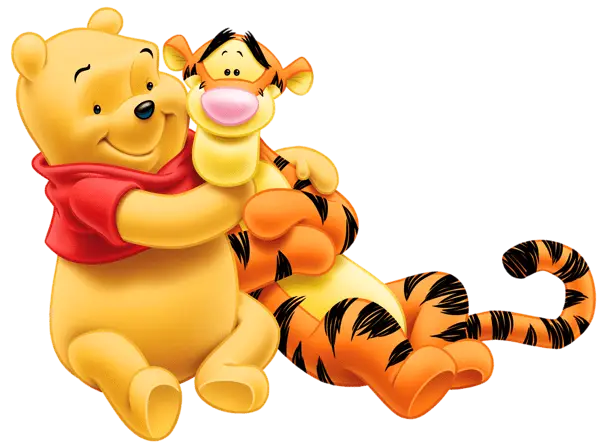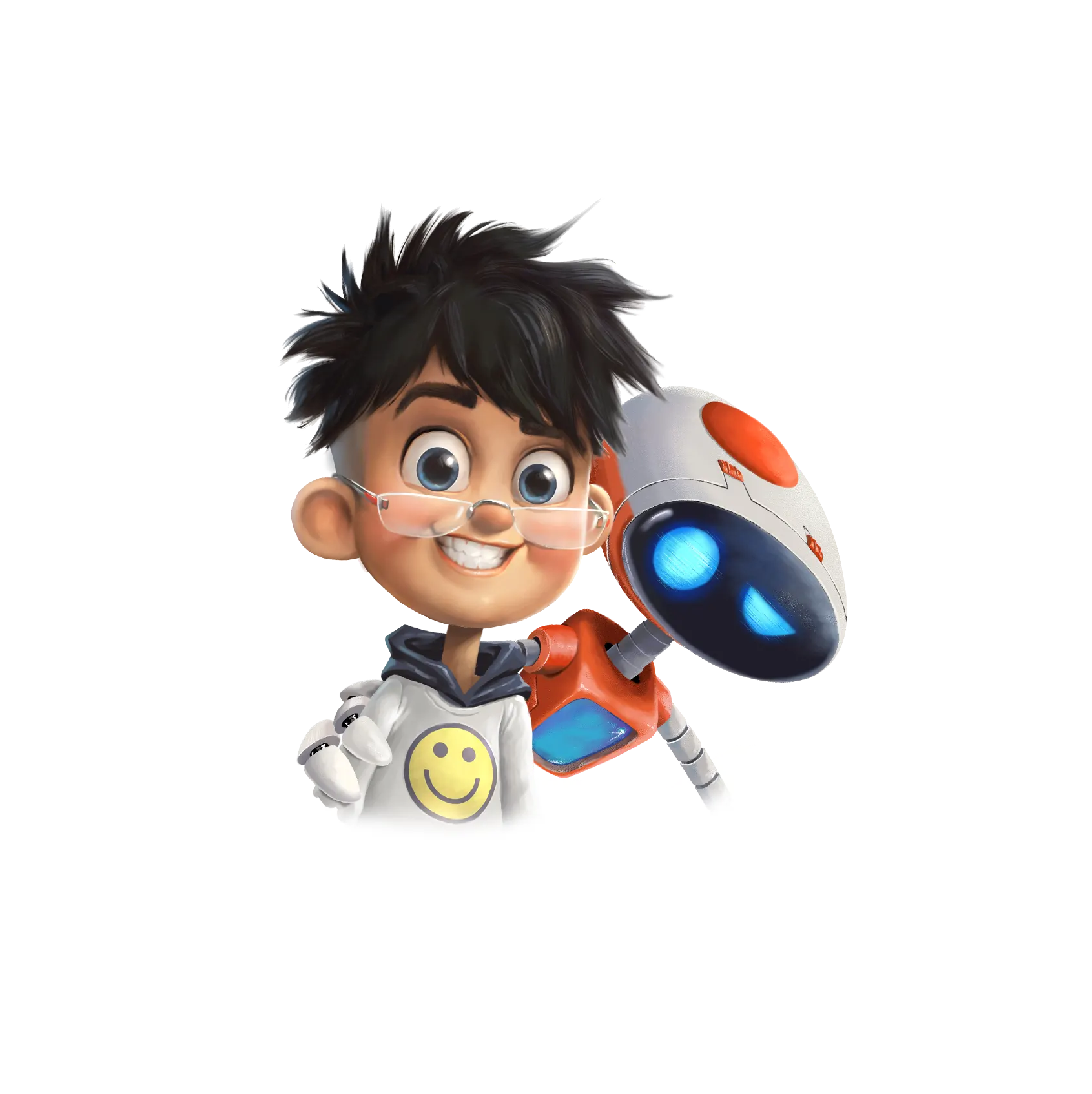What are the five types of animation?
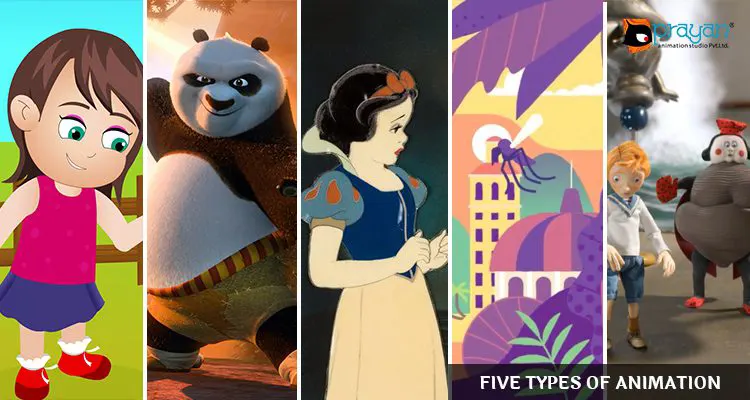
As you pursue your career in animation or rather desire to get one for your application of interest, it is equally important that you have some history about animation and some of the techniques that assisted in shaping and advancing animation from traditional to modern technologically advanced animation. Whether it is the cartoon that we once re-watched in our childhood days or even the 2D animation or other flip books that we bought in childhood, the interesting 2D and 3D adverts that lure us to buy products, we can say that animation is an integral means of how we understand storytelling. As you develop your 2D animation and visual effects, having some basic principles of other animation types can lead you to new inspirations and ideas. As a result, Prayan Animation Studio based in India brings you the five types of animation as follows;
Celluloid Animation/ Cel Animation
Also known as traditional animation. In this form of animation, the animator has to literally draw thousands of different images on special pieces of paper which are then photographed frame after the other. This is the type that was employed right before the digital revolution. It is an important skill to have especially if you particularly enjoy the likes of color pencils, watercolors, and glass painting. However, one of the main disadvantages of this technique is that it is a very lengthy process and consumes a lot of time.
2D Animation
2D animation is a type in which scenes and characters are animated in a 2D space instead of a 3D environment or setting. It is a vector-based animation and it has two distinct advantages. Firstly, it is cheap and at the same time, it is easy to access. With 2D animation, you need to have a basic understanding of keyframes and know how to use most of the 2D animation software.
3D Animation
In this type of animation, the manipulation of 3-dimensional objects is employed mainly by the use of a computer program. The artists first create a 3D polygon mesh with various connected vertices to give it form. It is then rigged and given an armature, thereafter, scenes that are more lifelike than 2D animation are created. This process also describes computer-generated imagery (CGI).
Motion Graphics
Mostly comprises visual effects which are moving graphic elements that may include texts or logos or both and is mostly done by use of software like After Effects. It is mostly applied and used by those who are doing industry adverts or multimedia projects and is also suitable for designing the opening of films.
Stop Motion
Is exactly just like celluloid animation except that in this method, you come up with clay models of the sets that will make your animation. Can be done by puppets, cut-outs, and even silhouettes and was mostly employed in the past as a form of special effects for live-action films, but in the present world, it has been replaced by 3D animation and visual effects.
In a nutshell, the above are the five types of animation that fill the animation industry. For the best of your desire in either of the discussed categories whether you are in India or another part of the world, simply contact the Prayan Animation Company which is a mastermind company in India that has expertise in animation and many years of experience and hence delivers quality and extraordinary work once entrusted with the work. For more information, hit the Contact Us button and we will get back to you.



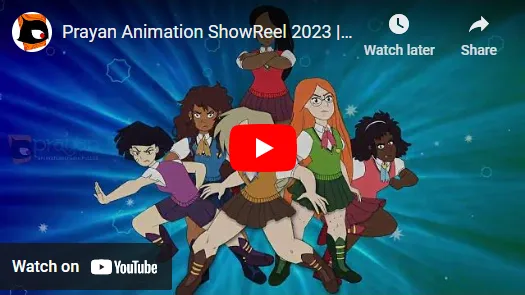


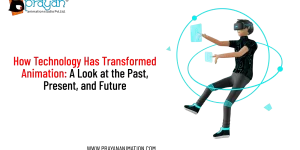
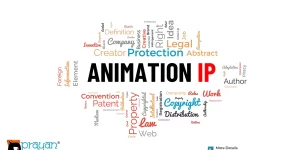
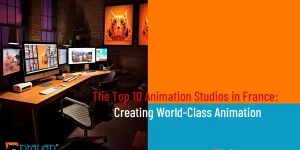
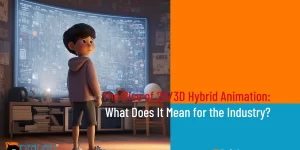

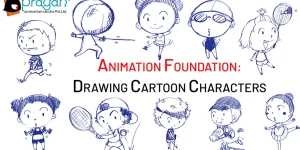
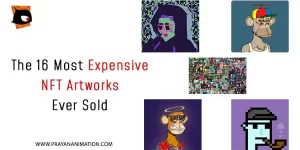
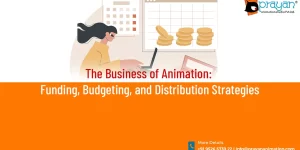
 We can help you.
We can help you. 

